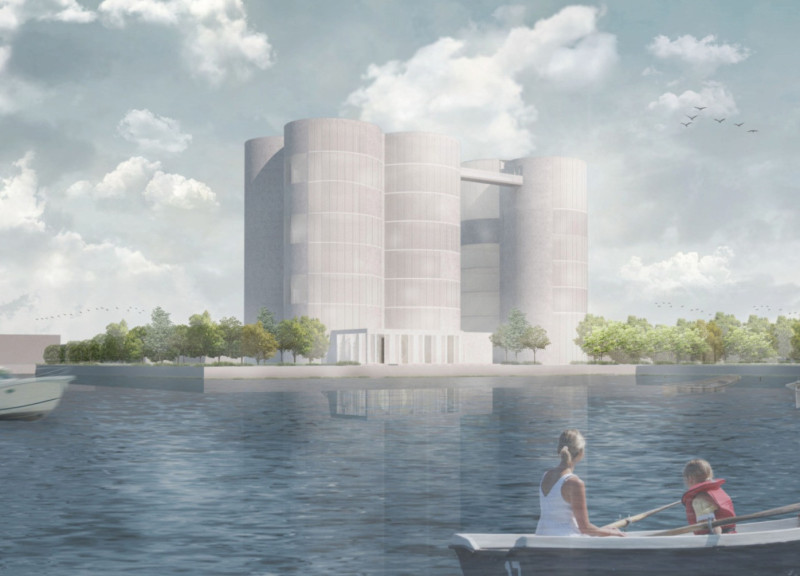5 key facts about this project
The project encompasses various housing types, including solo units, family units, and multi-family units. Each type is tailored to meet the needs of different demographics, fostering a diverse and inclusive community. The spatial organization encourages social interaction among residents through shared communal spaces and communal gardens.
Innovative Design Approaches
A key feature of this project is the adaptive reuse of silos, transforming them from industrial structures into modern living spaces. This approach not only revitalizes the area but minimizes the environmental impact associated with new construction. The design emphasizes sustainability with materials such as reinforced concrete for structural integrity, extensive glass facades for natural light, and wood elements to enhance interior warmth.
The integration of green roofs on various levels contributes to biodiversity and aids in managing urban heat. This connection between nature and living spaces reflects a contemporary understanding of urban ecology and encourages residents to engage with their environment.
Functional and Aesthetic Integration
The architectural design process considers functionality alongside aesthetics. The layout promotes an efficient use of space, optimizing light and airflow throughout the units. Architectural sections illustrate the vertical organization and connectivity of different living areas, ensuring that residents experience both privacy and community interaction.
Each housing unit is designed with an emphasis on modular flexibility, allowing for potential modifications to accommodate changing needs. This adaptability is crucial in urban environments where demographic shifts can occur rapidly.
The Post-SILO Effects project exemplifies thoughtful urban redevelopment, merging historical context with modern architectural practices. To gain deeper insights into the project's architectural plans, architectural sections, and architectural designs, readers are encouraged to explore the full presentation.























